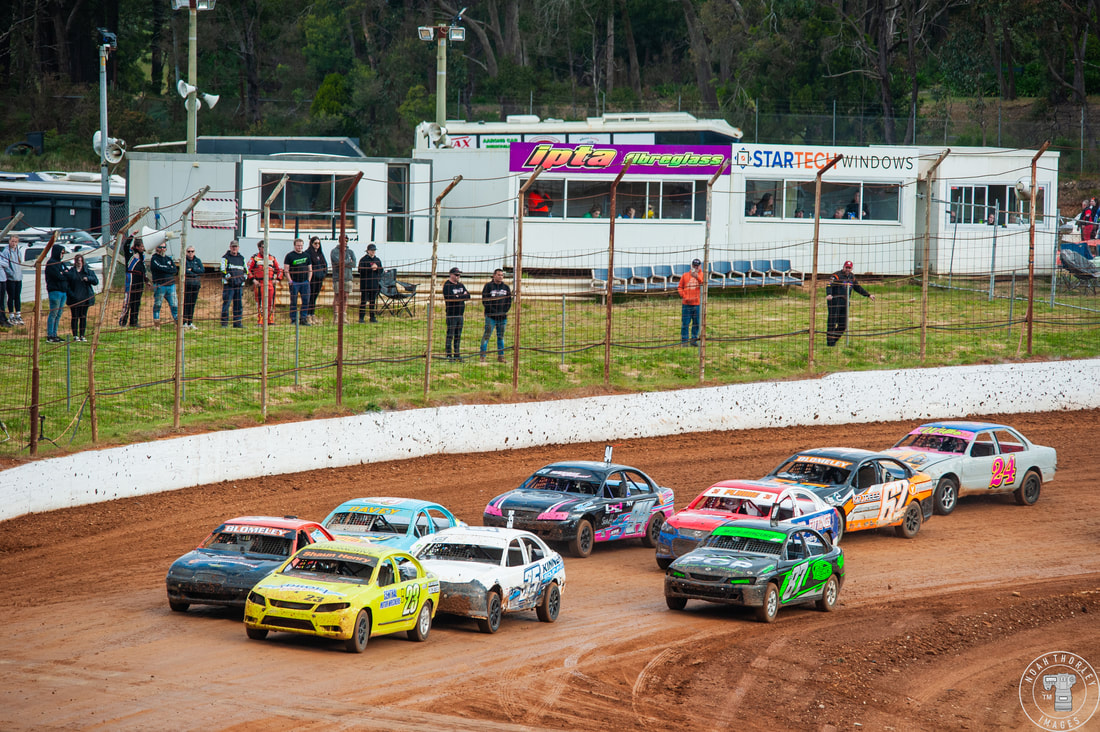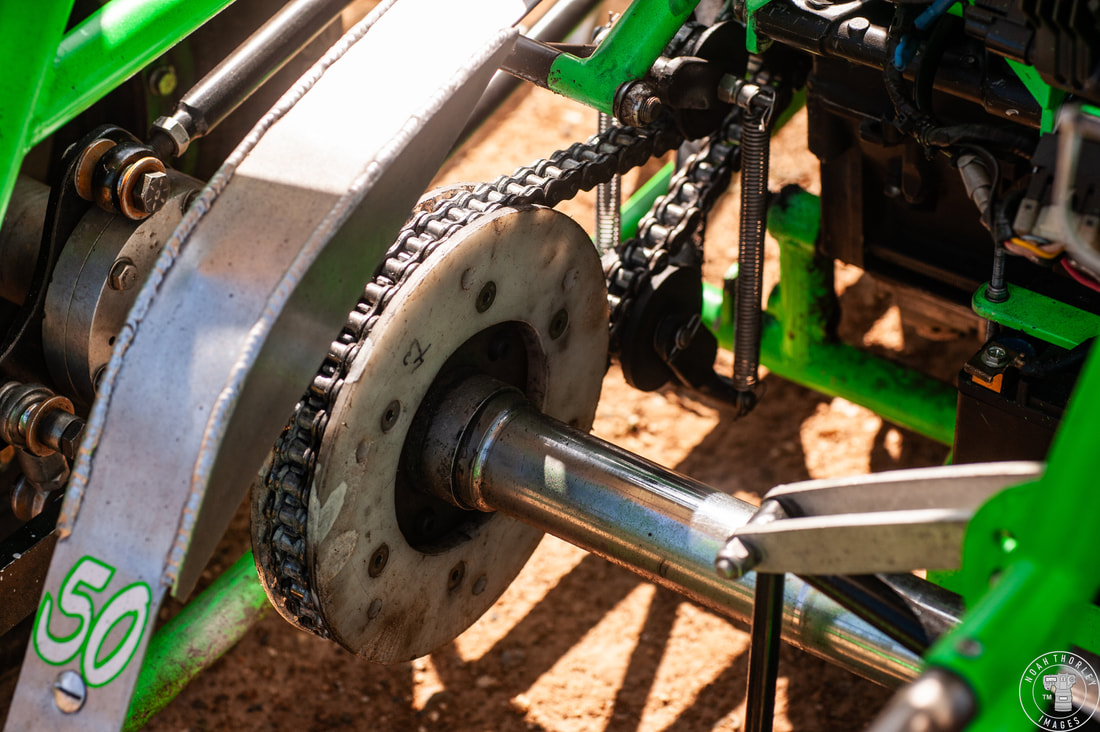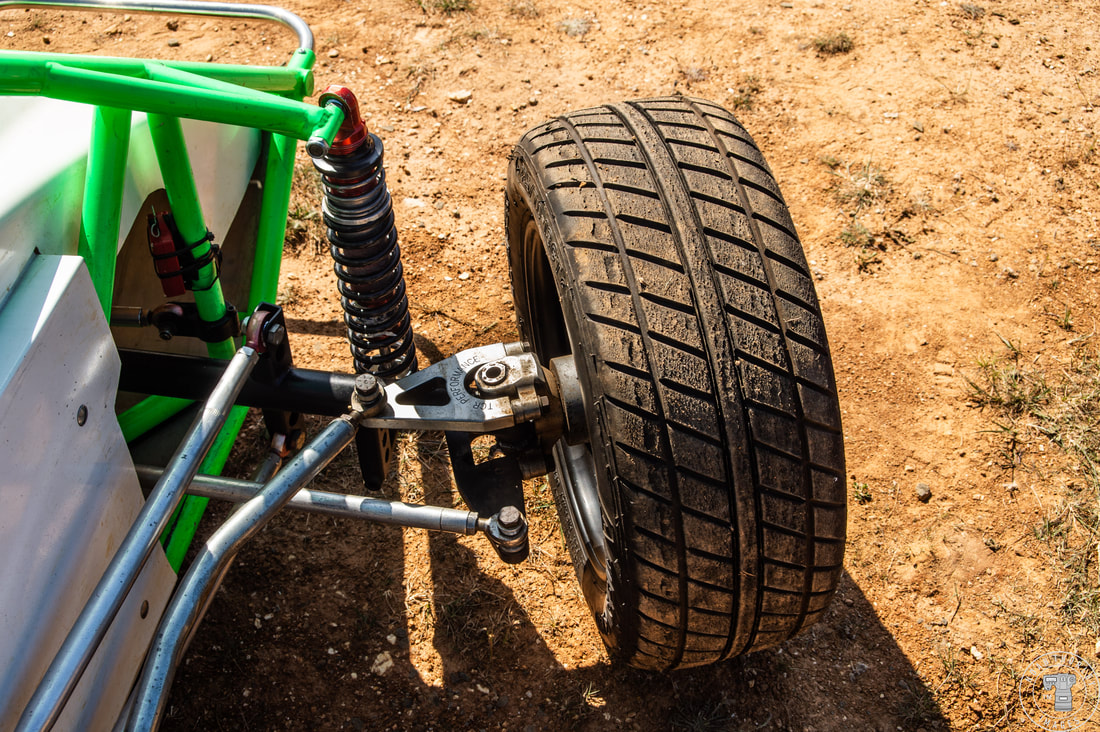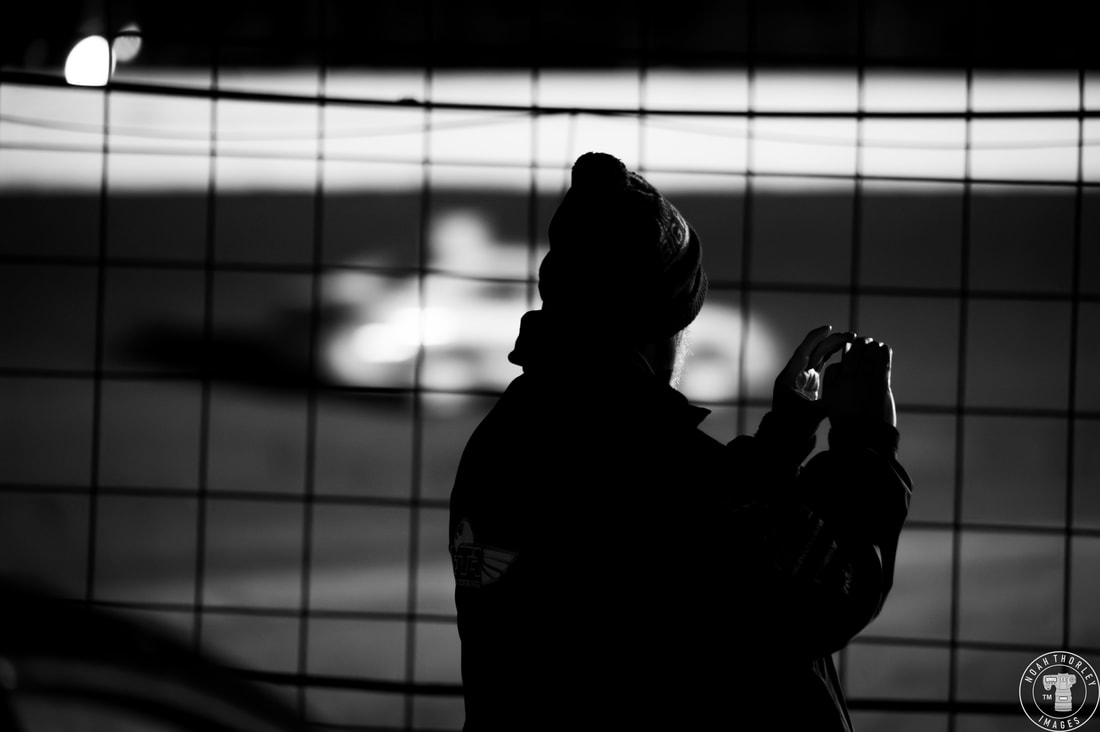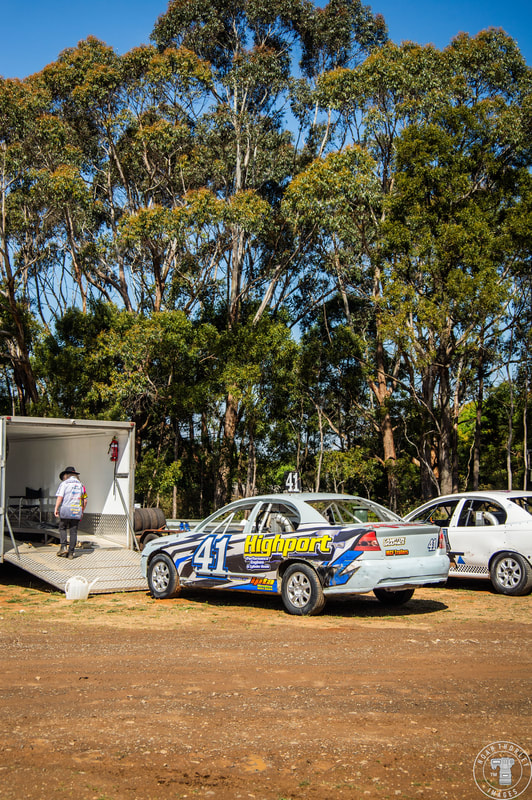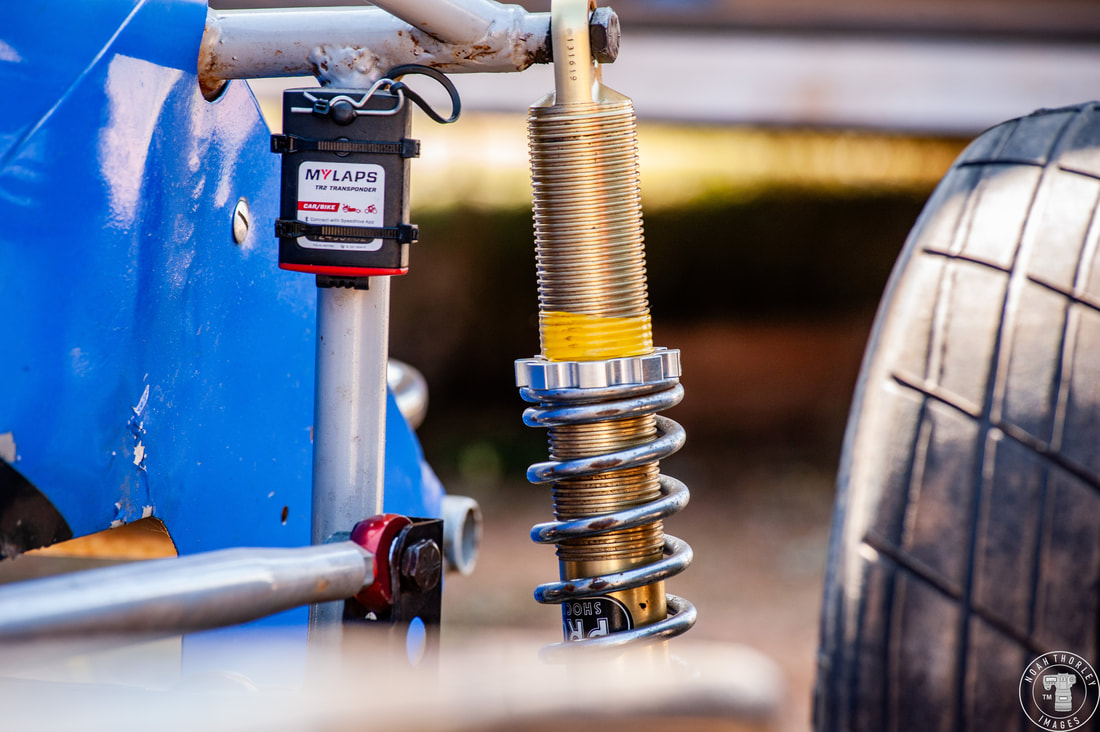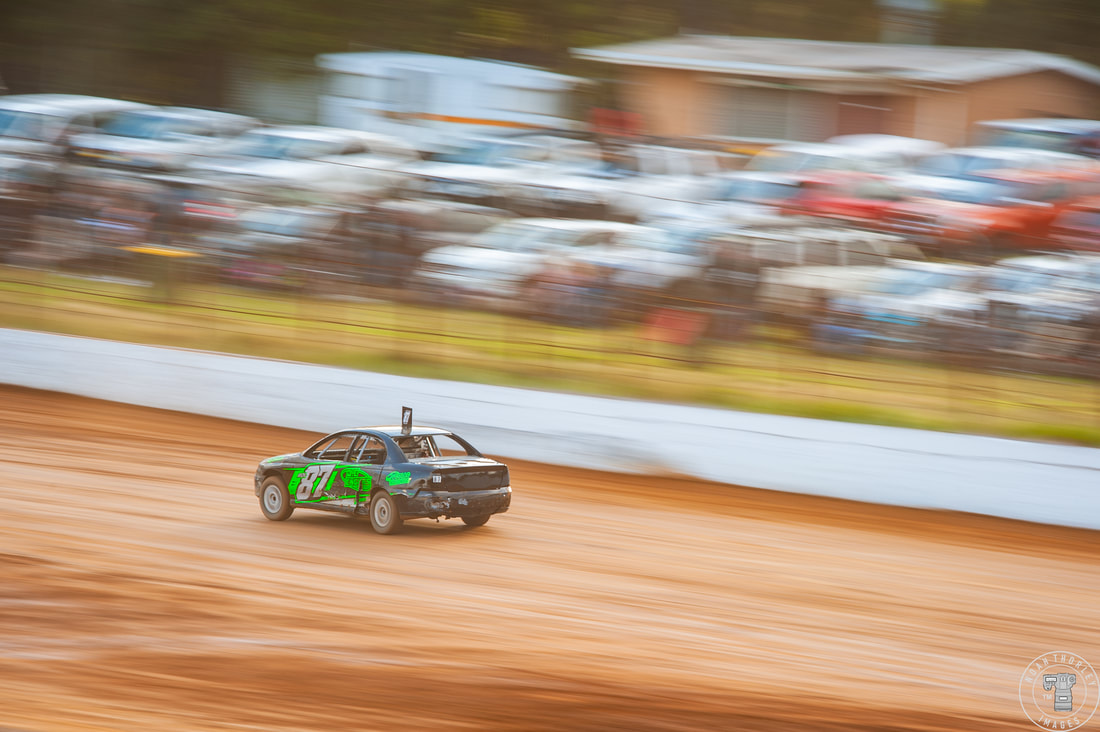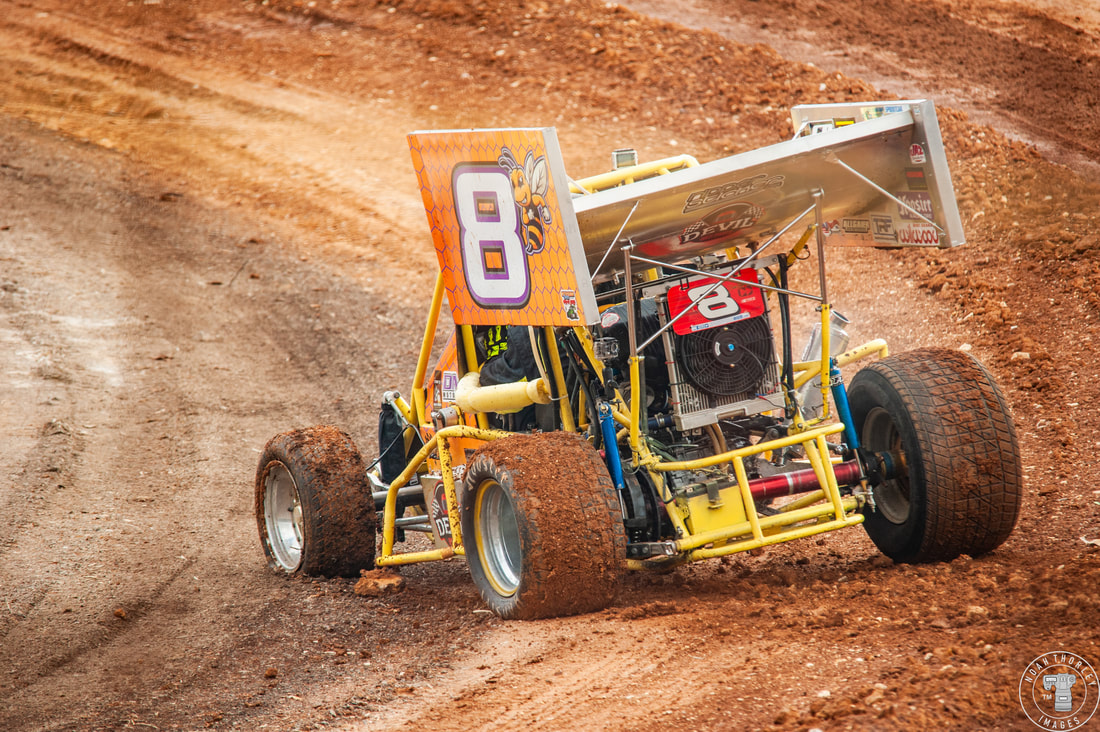|
Driving down Yankee Flat Road, it's quite easy to miss the bull ring. However, in a clearing surrounded by thick windbreaking trees lies Redline Raceway, Ballarat's home of Speedway racing, where the clay has plenty of racing stories to tell over its almost 60-year history. Originally named 'Torana Speedway', the 420m clay oval was built in 1965, and has held a range of big races and very cool speedway categories, including the 1968-69 Australian Production Car Championship, which had over 100 entries. More recently, Redline Raceway held the largest Australian championship in the country's speedway history, which turned out to be the 2016 National Street Stock title. For Redline's 2023-24 season opener, Street Stocks, Standard Saloons, Unlimited Sedans and GP Midgets would occupy the roster, with the latter being what I was most intrigued by. Before I get into the midgets though, I also want to mention my plan was to shoot the event from spectator areas only. One piece of advice I hear from many speedway photographers is to embrace shooting through the fence, and that is definitely one thing I'm going to work on during this new season of Speedway racing. Thankfully, the Redline fencing isn't too dense, so shooting close up wasn't much of an issue, I just had to find the right angles to better depict the cars as they raced on the clay. GP Midgets are another style of open wheel midget which race across NSW and Victoria. They feature a motorcycle engine at the rear, (allowing a maximum capacity of 1200cc) and a chunky wing over the engine and rear tyres for added downforce. They are certainly one of the most unique looking Speedway racers I've come across, as they look like a blend between an off-road buggy and a Sprintcar. These anomalies formed from the old F500 (known as three-quarter midgets at the time) in the 1950s. In the early days in Victoria, they were known as Formula 750, as they were powered by 750cc motorcycle engines. The now well-known name of GP Midgets was given to the category when motorcycle engines up to 1200cc were allowed in the 1970s. It was at this time that GP Midgets began to truly grow, and in 1977, the Victorian Grand Prix Midgets Association was formed. Chassis wise, Clive Pollett from NSW built over 30 GP Midget chassis in the 80s, but by the time the 90s rolled around, the Stinger chassis (which is most similar to what you see above) started to dominate the scene, built by Brian Pilbeam. Over time, new chassis makers have come along to refine the design and build more competitive packages, yet there are still some original Pilbeam Stingers racing up the front in races today. With the weekend being the first time GP Midgets used transponders at Redline, we now have lap records, with Peter Robotham setting the single lap record of 14.973 seconds and a 10-lap record of 2:32.761. Chris Fowler would win the feature, by only 0.015 seconds ahead of Chris Myers, to set a 12-lap record with a 3:13.652. Two track records would also be broken, with Jayden Blomeley (no. 62) winning the Street Stock feature race and setting a new 20-lap record of a 6:03.303. Late entrant Scott Whittle (no. 6) would start at the back in every race, but that wouldn't stop him, winning the Standard Saloons feature race and breaking the 20-lap record for that class with a 6:15.040 in the process. The crowd showed their approval by flashing their lights and honking their horns during the winner's victory lap at the end of what was a night of attrition, with many drivers falling out of contention due to mechanical failures or damage received on track. Bonus Gallery
0 Comments
Leave a Reply. |









